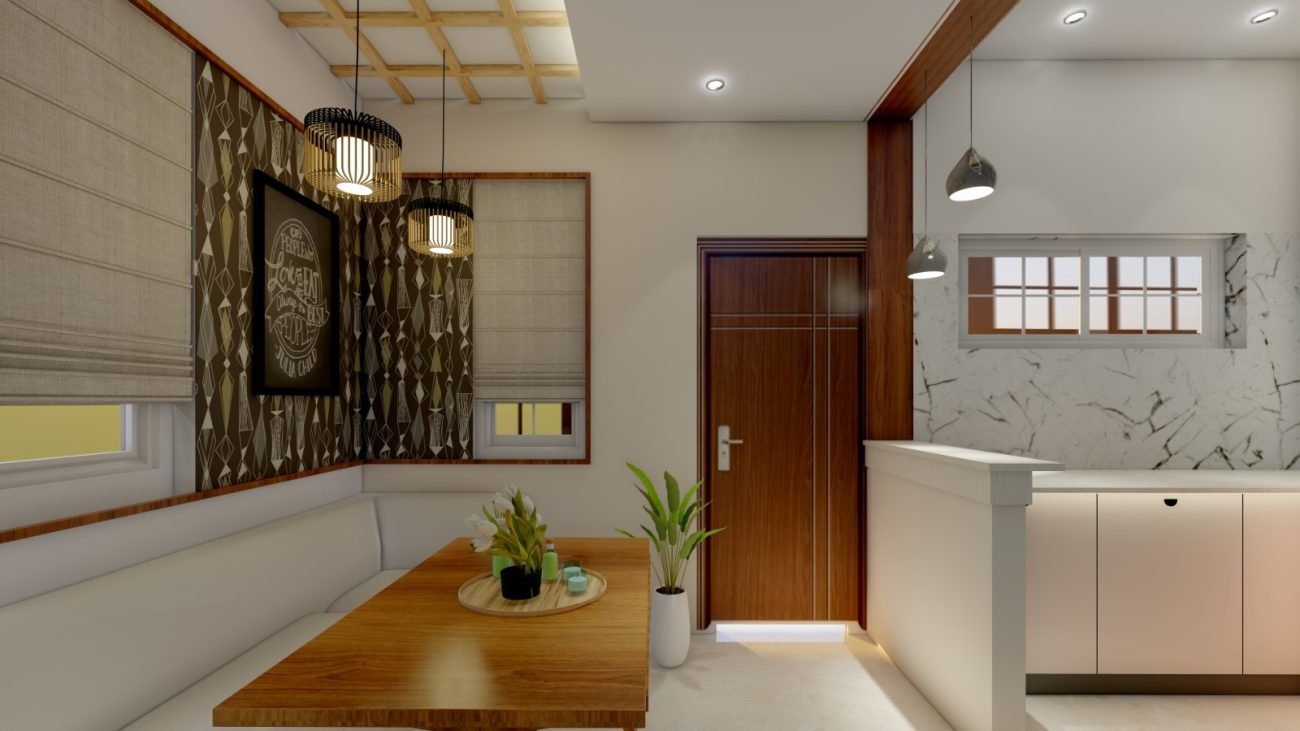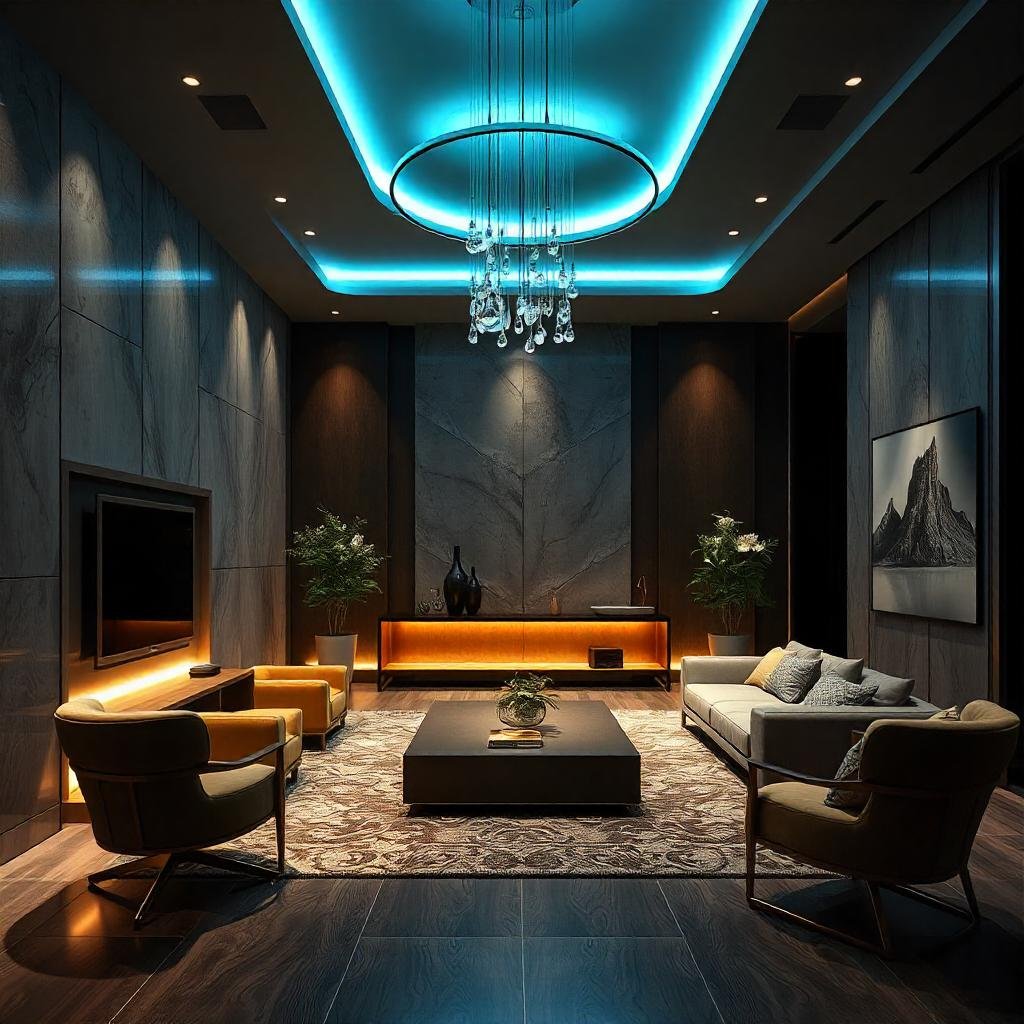Mastering Interior Space Planning: A Comprehensive Guide
Effective interior space planning is the cornerstone of a well-designed home or office. It’s not just about placing furniture in a room; it’s about creating a harmonious and functional environment that meets the needs of its occupants while reflecting their personality and style. In this blog post, we’ll explore the key principles of interior space planning and provide practical tips to help you master this essential aspect of interior design.
Understanding the Basics of Space Planning

At its core, interior space planning involves the careful arrangement of spaces within a room to maximize functionality and aesthetics. This process starts with an analysis of how the space will be used. Considerations include:
- Functionality: Identify the primary functions of the space. Is it a living room for relaxation, a kitchen for cooking, or an office for work? Understanding the purpose will guide your planning process.
- Flow: Ensure smooth movement within the space. This involves creating clear pathways and avoiding cluttered or obstructed areas. The flow should feel natural and intuitive.
- Proportions and Scale: Furniture and decor should be proportionate to the size of the room. Oversized furniture can make a small room feel cramped, while undersized pieces can leave a large room feeling sparse.
- Zoning: Divide the space into distinct zones based on its functions. For instance, in an open-plan living area, you might have a seating zone, a dining zone, and a kitchen zone.
Steps to Effective Space Planning

- Assess the Space: Measure the dimensions of the room, including the height of the ceilings. Note the location of windows, doors, electrical outlets, and other architectural features.
- Create a Floor Plan: Use graph paper or digital tools to draw a scaled floor plan. This helps visualize the layout and experiment with different arrangements without physically moving furniture.
- Consider Furniture Placement: Start with the largest pieces of furniture, such as sofas, beds, and dining tables. Place these items first and build around them. Ensure there is enough space for movement and accessibility.
- Balance and Harmony: Aim for a balanced layout that distributes visual weight evenly across the room. This can be achieved through symmetry or by balancing larger furniture pieces with smaller ones.
- Incorporate Storage Solutions: Efficient storage is key to maintaining an organized and clutter-free space. Consider built-in cabinets, shelves, and multi-functional furniture with hidden storage.
Tips for Specific Spaces
Living Room
- Focal Point: Identify a focal point, such as a fireplace, TV, or a piece of art, and arrange furniture around it.
- Conversation Areas: Create intimate seating arrangements that facilitate conversation. Ensure that seats are no more than 8-10 feet apart.
- Lighting: Use a combination of ambient, task, and accent lighting to create a warm and inviting atmosphere.
Bedroom
- Bed Placement: Position the bed against the longest wall or a wall opposite the door. Ensure there is enough space on either side for nightstands and movement.
- Storage: Utilize under-bed storage, built-in closets, and dressers to keep the room tidy.
- Relaxation Zone: Create a cozy corner with a chair or a small sofa for reading or relaxing.
Kitchen
- Work Triangle: Arrange the sink, stove, and refrigerator in a triangular layout to enhance efficiency.
- Counter Space: Maximize counter space by keeping frequently used items within easy reach and storing less frequently used items in cabinets.
- Lighting: Use task lighting under cabinets and pendant lights over islands or dining areas.
Home Office
- Desk Position: Place the desk near a window to take advantage of natural light and reduce eye strain.
- Ergonomics: Choose ergonomic furniture to ensure comfort during long work hours.
- Organization: Keep the space organized with filing cabinets, shelves, and desk organizers.

